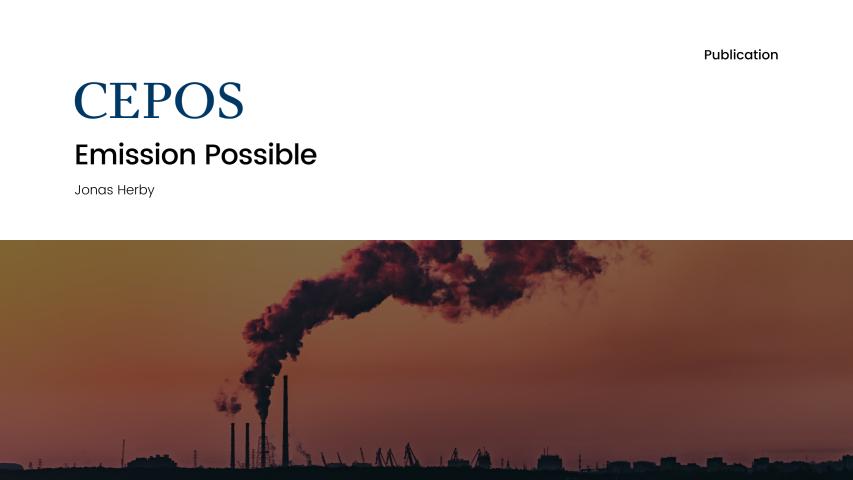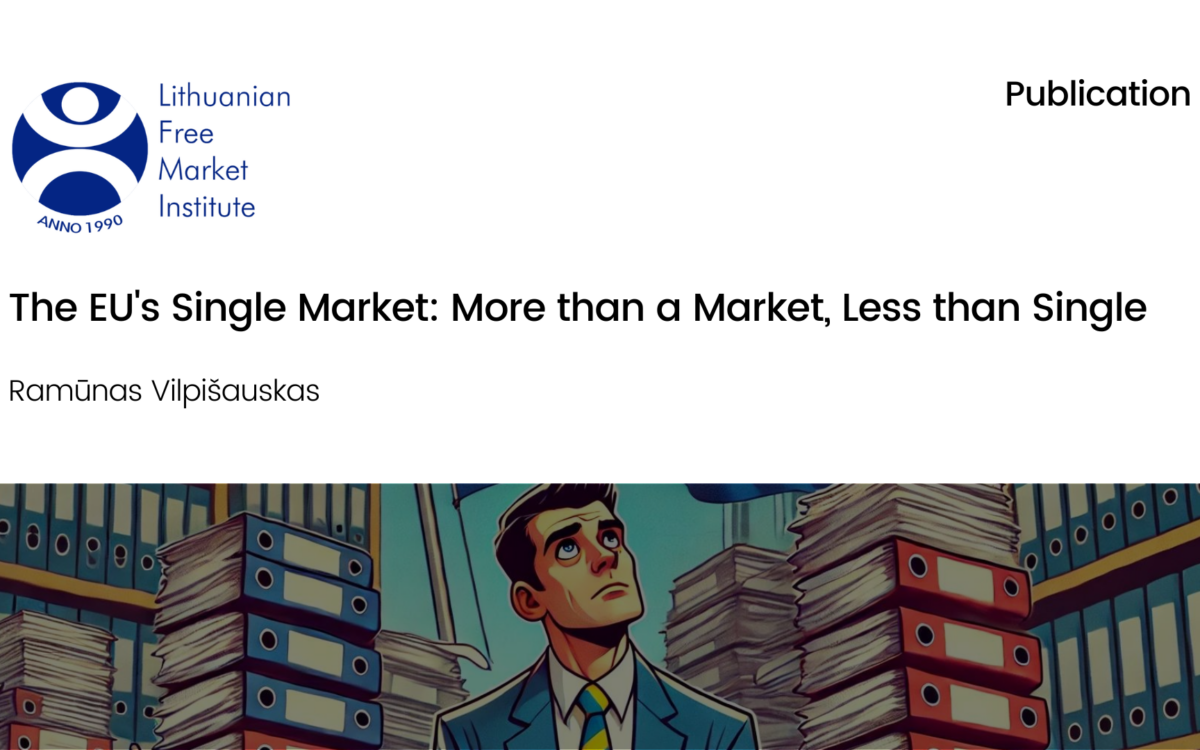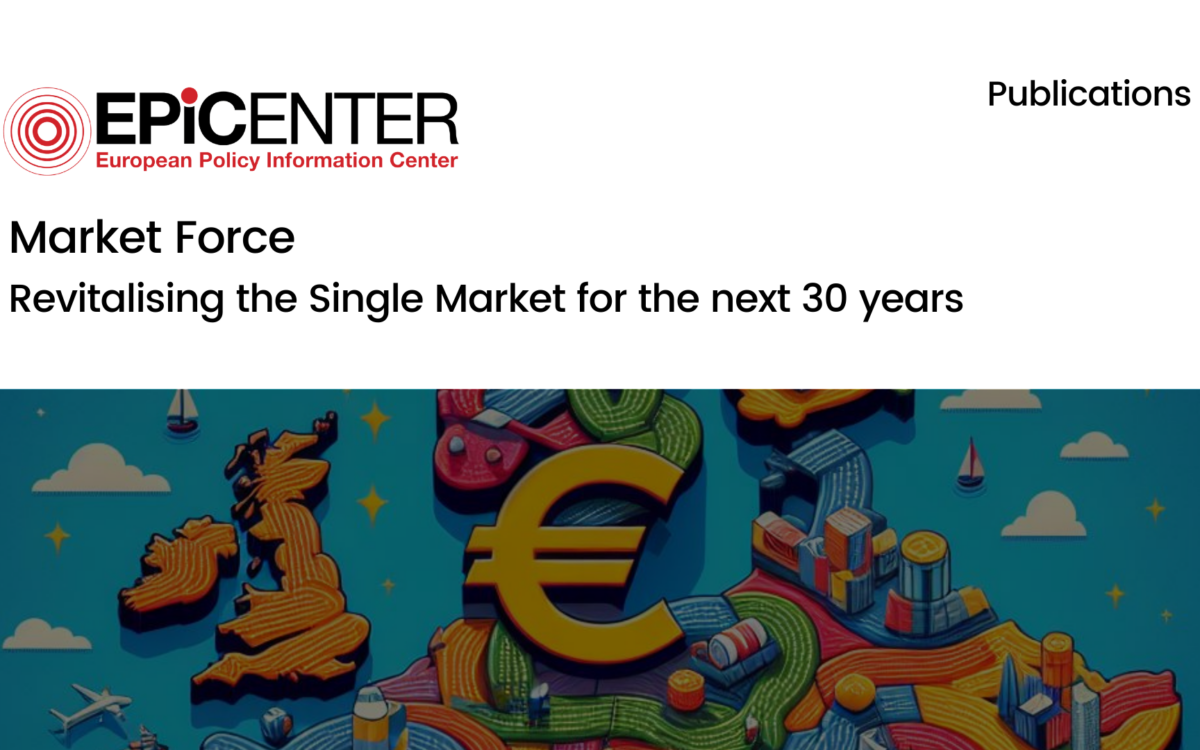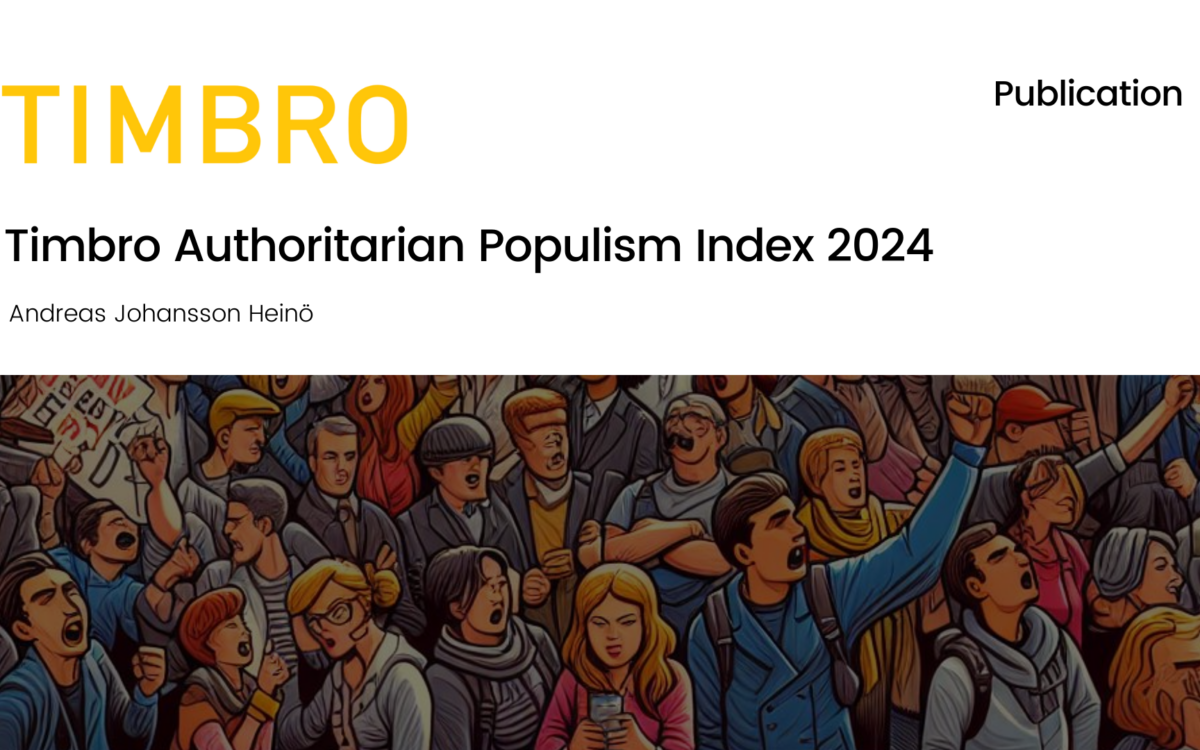Emission Possible

Emission Possible
29 March 2023
This paper urges EU decision makers to include transportation and buildings into the already existing Emissions Trading System (ETS). The study found that consolidating the ETS would create a more efficient and cost-effective way to reduce CO2 emissions in the EU.
Consolidating CO2 emissions from land transport and buildings and the already existing ETS into a single system would reduce economic costs by 25% compared to the current policy suggestion of creating two parallel systems.
The benefits of a consolidated ETS will become even more apparent if demand in the emissions trading sector increases in case of rising price differences between economic sectors. With parallel systems, there is significant vulnerability to unforeseen shifts in demand, which can significantly increase economic costs.
The full benefits of a consolidated ETS require that the EU and its member states abolish double regulation in the form of taxes and efficiency requirements for emissions already covered by the ETS.
Download or share this publication
View the PDF
EPICENTER publications and contributions from our member think tanks are designed to promote the discussion of economic issues and the role of markets in solving economic and social problems. As with all EPICENTER publications, the views expressed here are those of the author and not EPICENTER or its member think tanks (which have no corporate view).



